Poetry Month Resource and Lesson Plan
Enrich student learning and creativity using MY HERO curated poetry resources. Introduce your students to one of the following themes: Poetic Cinema, Spoken Word, the Connection between Poetry and Art, Stories about Poets' lives, and a Poetry Contest for student participation.
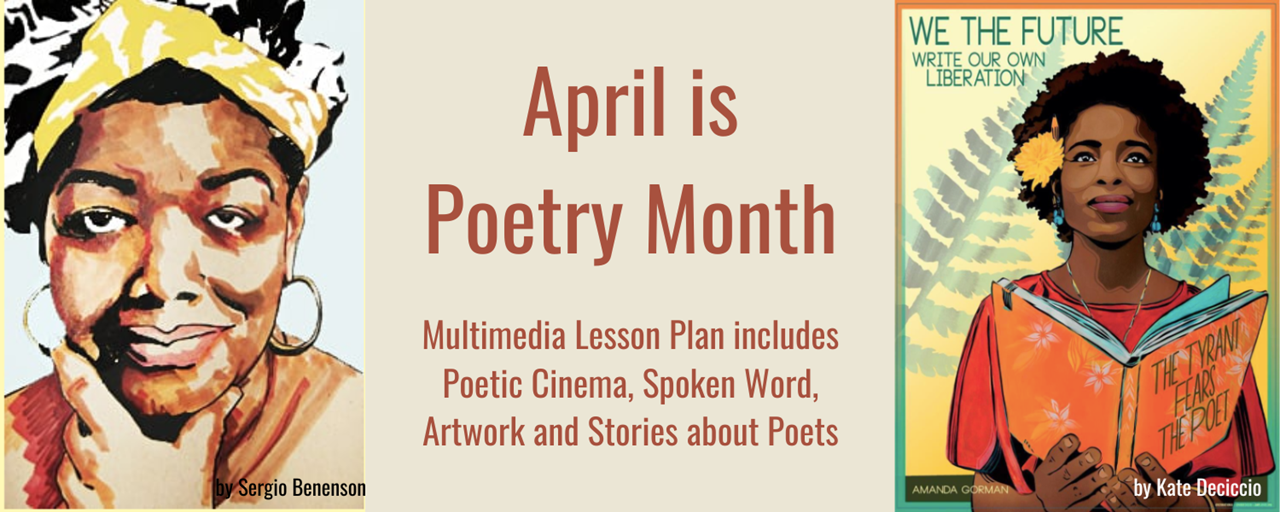
Classroom Activity - Poetic Cinema - How Would You Illustrate a Poem
The following lesson on poetic cinema can be adapted for one class period, a few class periods or a deeper dive with students creating their own poetic cinema.
For One Class Period: The following films celebrate poetic cinema. Films and poetry have a connection because of their use of images, sound, and time. As you watch these films made by both professionals and high school students, consider the techniques used by filmmakers to bring out these elements in poetry. Choose some of the questions in the discussion guide for student response.
Extend the Lesson to 2 or 3 class periods: After the first class, have students rewatch the films and answer questions 1-5. Responses can be shared in small groups or a class discussion.
Take a Deeper Dive into Poetic Cinema: Now that students have a better understanding of Poetic Cinema, have students consider questions 7 and 8 before assigning them the task of illustrating a poem. Give them the choice to write an original poem and illustrate it, or find an existing poem that they love and illustrate that poem.
The High School films were made as a class assignment in the Taft Media Program.
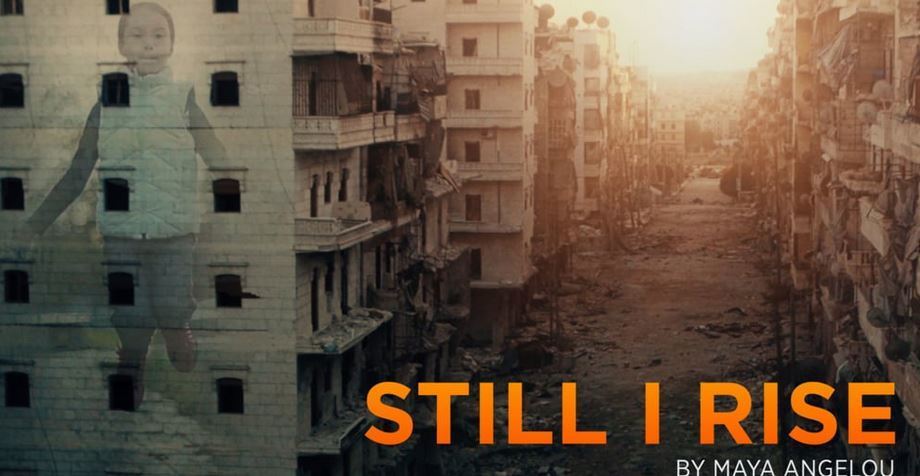
Still I Rise
A visual and musical interpretation of American poet and civil rights activist Maya Angelou’s electrifying poem "Still I Rise." (3:53 min. runtime)
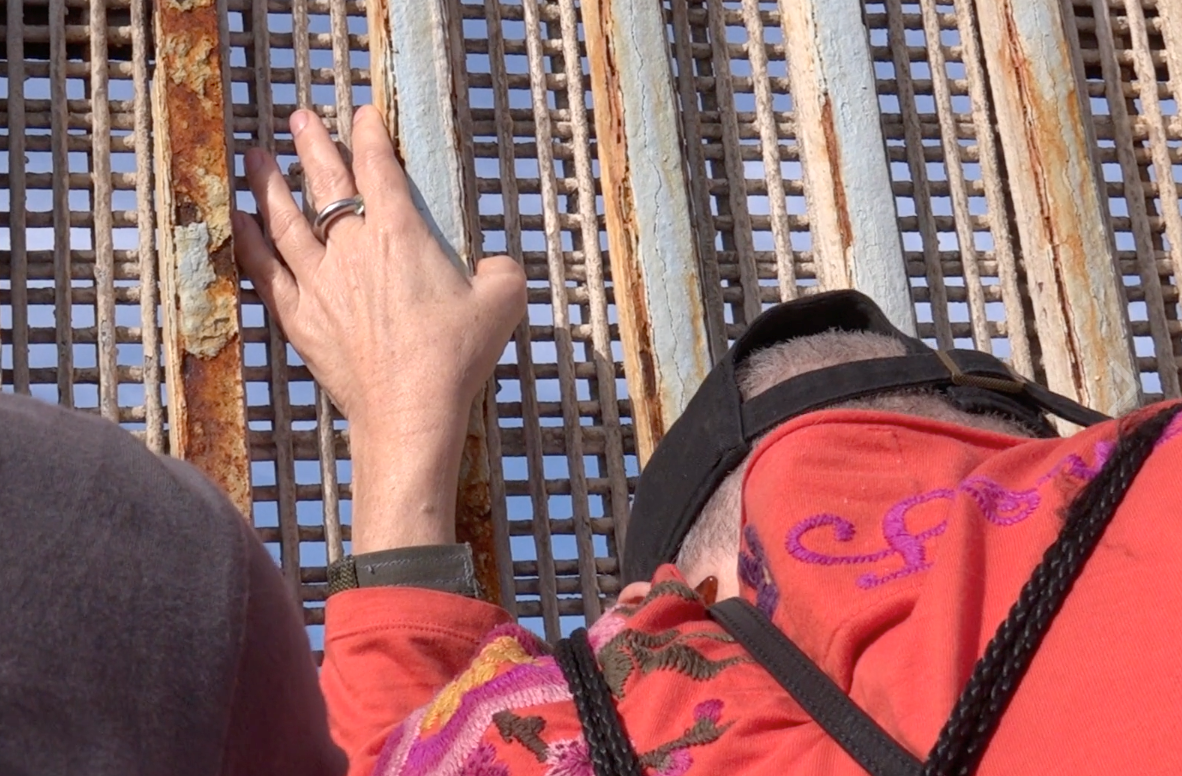
Playas de Tijuana
An inspiring poem about the border fence that meets the sea, where names become prayers and where “the worst place to be is here and not there.” By the current Youth Poet Laureate of Los Angeles, Sophie Kim. (3 min runtime)
These two High School films were made as a class assignment in the Taft Media Program.
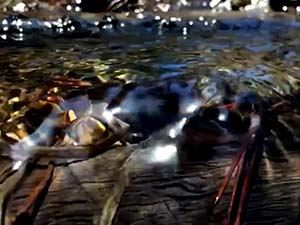
Stopping by Woods on a Snowy Evening
Taft High School student, Matthew Marroquin, takes on the task of illustrating this poem by Robert Frost. (2:13 min. runtime)
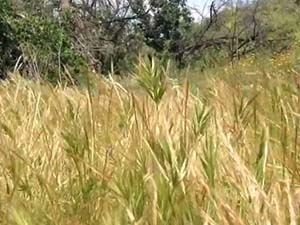
The World Is Too Much With Us
Taft High School student, Deana Saito, creates a beautiful visual expression of the poem by William Wordsworth. (1:16 min. runtime)
After viewing these films ask the following questions to create a dialogue or have students provide written answers.
1. Which of these films evoked the most emotion in you? Why?
2. What cinematic techniques might be useful for evoking emotion?
3. How do the images used in these illustrated poems strengthen the meaning of the poem? How do they lessen it?
4. Is poetry visual by nature? Are some poems a stronger choice for illustrating with visuals? Why?
5. How have the filmmakers emphasized the story of the poem?
6. If you were to illustrate a poem, which poem would you choose? Why? How would you approach a project like this?
7. Illustrate your favorite poem or an original poem.
Connecting Poetry and Art
Poetry inspires artwork and artwork inspires poetry. There are many ways to engage students in a project that includes both.
Great Cross-Curricular Activity for one or more class periods.
One Class Period Lesson Plans with Additional Resources to Extend Lesson for 2-3 Classes
Films | Poetry Recitals
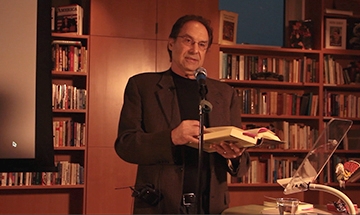
MY HERO Jazz and Poetry Salon (4:30)
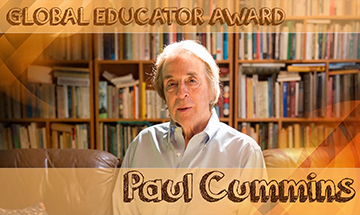
Paul Cummins Reads Robert Frost (15:30)
New Visions Foundation founder, Paul Cummins, reads Robert Frost at the MY HERO poetry and jazz SALON.
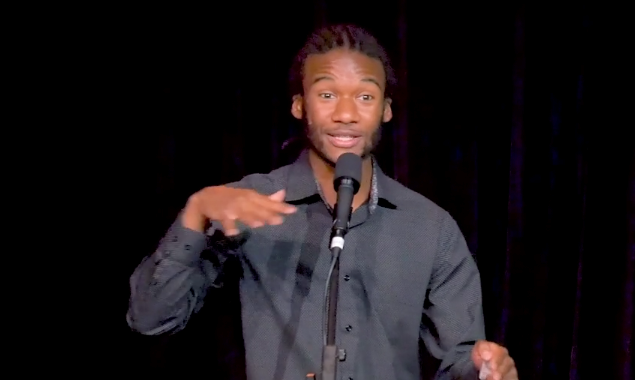
History will be Repeated (1:33)
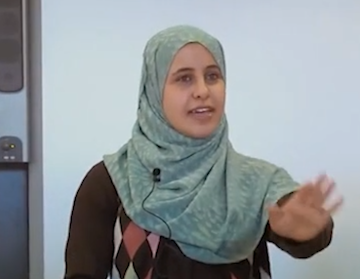
Poet Against Prejudice [Trailer] (1:49)
Created through with support from BYkids.org, Faiza shares her journey of using her poetry to fight against discrimination.
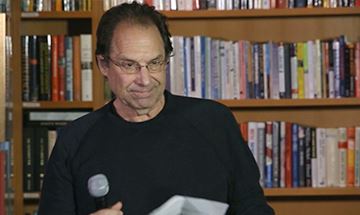
David Milch Reads from Deadwood at The MY HERO Project's Jazz and Poetry Salon (2:20)
David Milch Reads The Eulogy of Wild Bill Hickok from Deadwood at The MY HERO Project's Jazz and Poetry Salon.
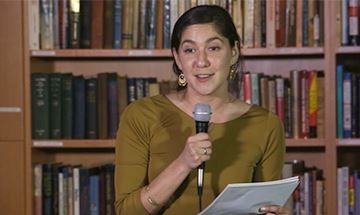
Olivia Milch Reads Wild Geese at The MY HERO Project's Jazz and Poetry Salon (0:56)
Olivia Milch Reads Wild Geese by Mary Oliver at The MY HERO Project's Jazz and Poetry Salon.
Students are encouraged to read aloud an original poem or a favorite poem and film the poetry reading to submit to MY HERO through the Create Program.
Poetry on Screen
Additional examples of MY HERO Poetry on Screen - Celebrating Poetry in Film
The MY HERO Project is inviting you to submit a video of yourself reading a poem that speaks to this new era we are in. It can be poetry of dissent, poetry of resistance or poetry that lifts us up to face these times. It can be feminist, inclusive or humorous. It can be a song. If you are a more ambitious filmmaker, The MY HERO Project has added a prize to The MY HERO International Film Festival, Poetry on Screen. The award will honor a filmmaker for the best translation of poetry to film.
Amanda Gorman, America's First Youth Poet Laureate
"For there was always light. If only we're brave enough to see it. If only we're brave enough to be it."
On Inauguration Day, January 20, 2021, America’s first Youth Poet Laureate Amanda Gorman delivered her original poem "The Hill We Climb" after the swearing in of President Joe Biden and Vice President Kamala Harris.
Students can listen as they read Amanda Gorman's poem "The Hill We Climb".
Students read this story about Amanda Gorman to learn more about how Amanda used lyrical poetry to help overcome a speech impediment.
The text to her poem "The Hill We Climb" is included.
Read Stories about Poet Heroes
Artists portray their favorite poet heroes.
Celebrate and Learn about Poets with Hero Essays, Artwork, Short Films and Audio
After students complete their poetry unit, they are encouraged to learn more about their favorite poet and share his/her story or create a portrait and then share their project with MY HERO using the Create Program.
How to use MY HERO's Create Program to Publish Stories, Art, Film, Poems and Audio for Students
Tutorial for students: Publish written stories, film, original artwork and audio in MY HERO's multimedia library.

Envourage students to enter our poetry contest - click on the image below to find out more:
Links to Additional Poetry Resources and Lesson Plans
Organizer created on 3/12/2019 11:56:45 AM by Xenia Shin
Last edited 8/7/2025 12:32:08 PM by Abigail Richardson